jade plant trunk
L Evve (Miami)
last year
Featured Answer
Sort by:Oldest
Comments (20)
cactusmcharris, interior BC Z4/5
last yearken_adrian Adrian MI cold Z5
last yearRelated Discussions
trunk size on jade and port. afra
Comments (1)I have a couple Port Afras I am working with right now to encourage thickening of branches and leaves. I have been topping mine and leaf prunning to encourage more new growth and branching. One of mine s a large cutting that is now rooted but I have been pulling leaves to encourage more growth and also cutting any branches that are stragly and have a lot of space between leaves. It seems to be working well and I am seeing a lot of new growth and branching. It works the same for Jades also the more you trim and prun the more it will encourage new growth. It was hard for me when I first started to trim on mine because i didnt want to cut it but I am looking at all the new growth now and I am so glad I did. It takes time and patience but it is so worth it....See MoreHelp! Mold on my cut jade tree trunk!!
Comments (3)What ever I use in the house for moulds, I use on my plants, Clorox, Purex, Windex. Spray them. Wait 5 minutes, and rinse. Make sure there is air movement around them, and get them out of peat moss, make sure they dry out between waterings, the bottom leaves may wrinkle, that will be your clue, to water again. This time of the year may be humid for you, if so cut down on watering. Make sure there is fast draiing soil, what color is your mold? Black mold, yellow mold, white mold? I have never had mold on my 'Jade' however I get it at the bottom of the apple trees, big time, they are next to a cement fence. This I would expect in the Eastern States, but now in our South West States. When you water make sure the root ball is also receiving it's share....See MoreJade fused trunk
Comments (9)Well, Andy, the pic is sideways. Also, I can't tell how much surface area has been fused. This plant is actually not a Jade at all...not even in the same family or order of plants. This plant is Portulacaria afra, the "Elephant's [Food] Bush," Spekboom, from South Africa. As such, the woody trunk is much tougher than a Jade's, and I do think you could carefully cut - with a sharp implement - the two trunks apart with minimal damage or scarring. Or....you could grow the trunks this way as a novelty. Your choice. Josh...See MoreHobbit jade - droopy trunk with browning, "crystalline" leaves
Comments (5)Poor plant... That's some serious sun burn! Here's what you should do. I'm not surprised with the heat you have been getting in Vegas. Jades do best in bright INDIRECT light. At this point your best bet would be to cut it about an inch above the soil line and wait for it to push some new growth. This pruning would also allow it to create several more branches for a nice shaped plant in the future. Since there wouldn't be any leaves on it you could get away with watering it probably about once or twice a week. When you see growth depending on the temps where you are and how fast the pot is drying out you can water it every other day to every day. Slow down as the temps drop down. Pick the pot up when it has water in it this will help you determine when the pot is dry and needs to be watered again. Good luck... Done be afraid to cut it back succulents are pretty resilient in that way. Keep the new growth out of direct sun too. It will be very tender at first. ( actually just keep it away from direct sun all together)...See Moreken_adrian Adrian MI cold Z5
last yearL Evve (Miami)
last yearL Evve (Miami)
last yearL Evve (Miami)
last yearTiffany, purpleinopp Z8b Opp, AL
last yearsocks
last yearrina_Ontario,Canada 5a
last yearlast modified: last yearL Evve (Miami)
last yearrina_Ontario,Canada 5a
last yearTiffany, purpleinopp Z8b Opp, AL
last yearrina_Ontario,Canada 5a
last yearTiffany, purpleinopp Z8b Opp, AL
last yearTiffany, purpleinopp Z8b Opp, AL
last yearL Evve (Miami)
last yearfloral_uk z.8/9 SW UK
last yearTiffany, purpleinopp Z8b Opp, AL
last yeartapla (mid-Michigan, USDA z5b-6a)
last year
Related Stories
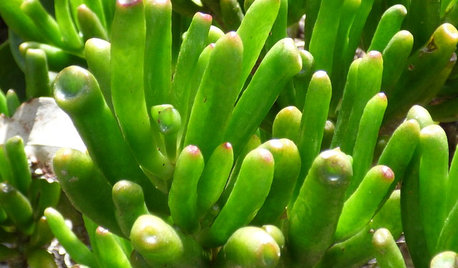
HOUSEPLANTSHow to Grow Jade Plants That Look Like Shrek’s Ears
These cute and quirky plants can be easy-care houseplants for adding green to your desk, bookshelf or tabletop
Full Story
GARDENING GUIDESGreat Design Plant: Parkinsonia Florida
Blue palo verde's trunk and branches provide a beautiful backdrop to a spectacular spring show in the desert
Full Story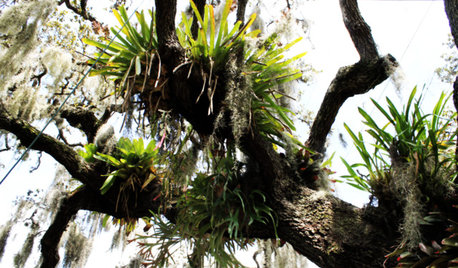
GARDENING GUIDESGot a Hot, Humid Landscape? Add Tropical Flair With Air Plants
Turn tree trunks and walls into lush canvases with plants adapted to the canopies of the rainforest
Full Story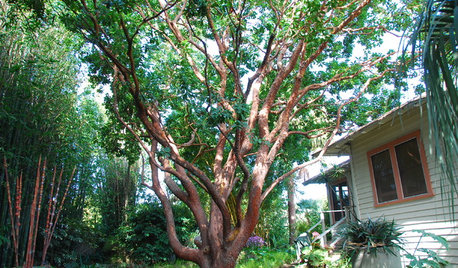
TREESGreat Design Plant: Arbutus 'Marina'
Twisted trunks and snazzy fruit bring wild, all-year beauty to the garden — just keep this small tree away from the lawn
Full Story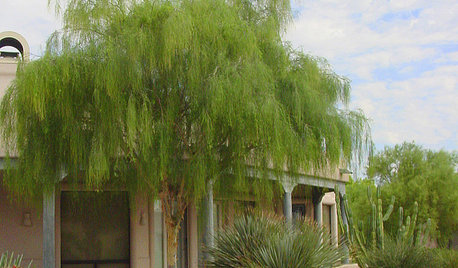
GARDENING GUIDESGreat Design Plant: Palo Blanco Softens Sharp Desert Angles
Willowy foliage and creamy white bark give this tree a delicate beauty, but its constitution is tough
Full Story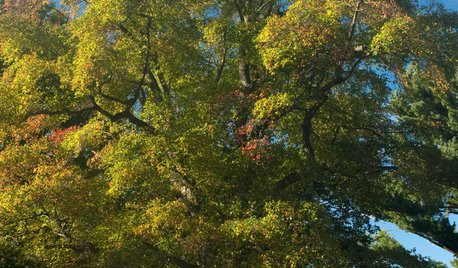
TREESGreat Design Plant: Nyssa Sylvatica
The black gum tree tolerates moist soil and provides many years of beautiful foliage, from summer to fall
Full Story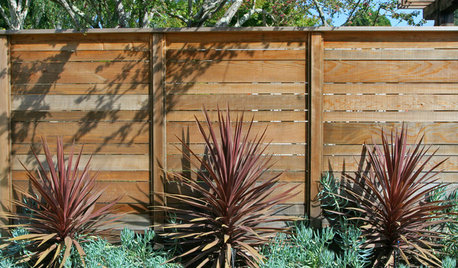
GARDENING GUIDESGreat Design Plant: Cabbage Tree
Happiest in plentiful sun, this tropical-looking tree gives a pool area or backyard landscape an exotic view all summer long
Full Story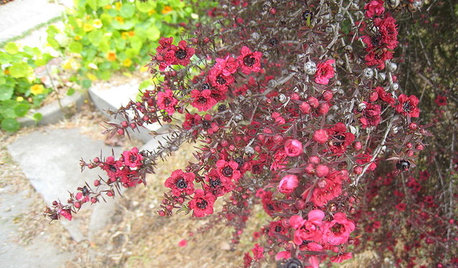
GARDENING GUIDESGreat Design Plant: New Zealand Tea Tree
Balance pretty polish and ruggedness in a temperate garden with this low-maintenance and drought-tolerant flowering shrub
Full Story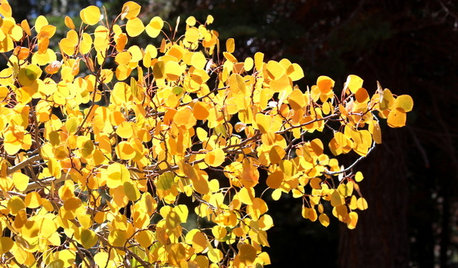
LANDSCAPE DESIGNGreat Design Plant: Quaking Aspen for 3-Season Beauty — on Its Own Turf
It offers bright fall foliage, snowy winter bark and lush green leaves in summer. Just don't try to plant quaking aspen away from its home
Full Story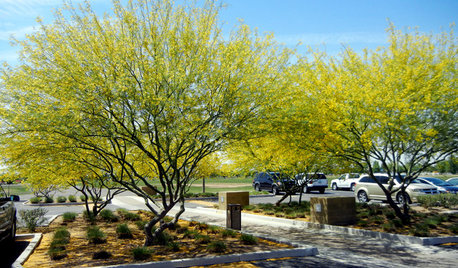
TREESGreat Design Plant: Desert Museum Palo Verde Offers a Colorful Canopy
Rising above others with its long bloom time, artful vase shape and lack of thorns, this tree is great for casting filtered shade
Full StorySponsored
Industry Leading Interior Designers & Decorators in Franklin County




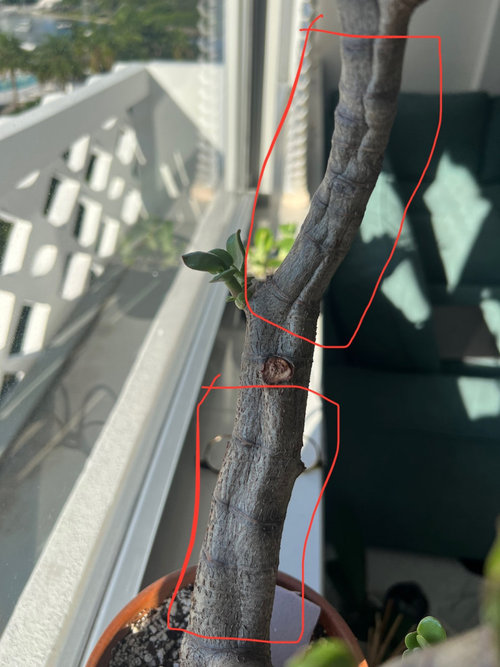
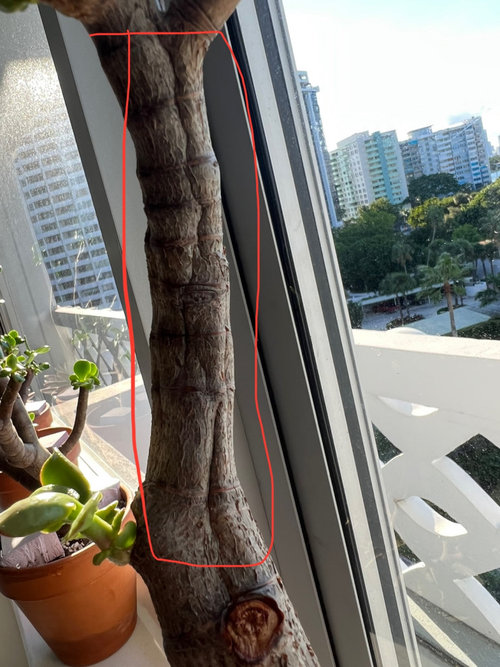


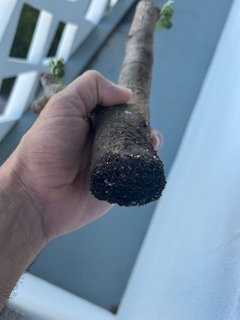

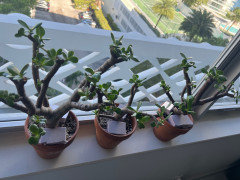


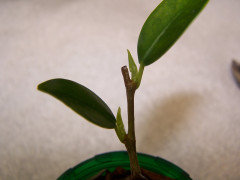
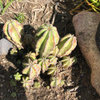

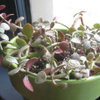
tapla (mid-Michigan, USDA z5b-6a)